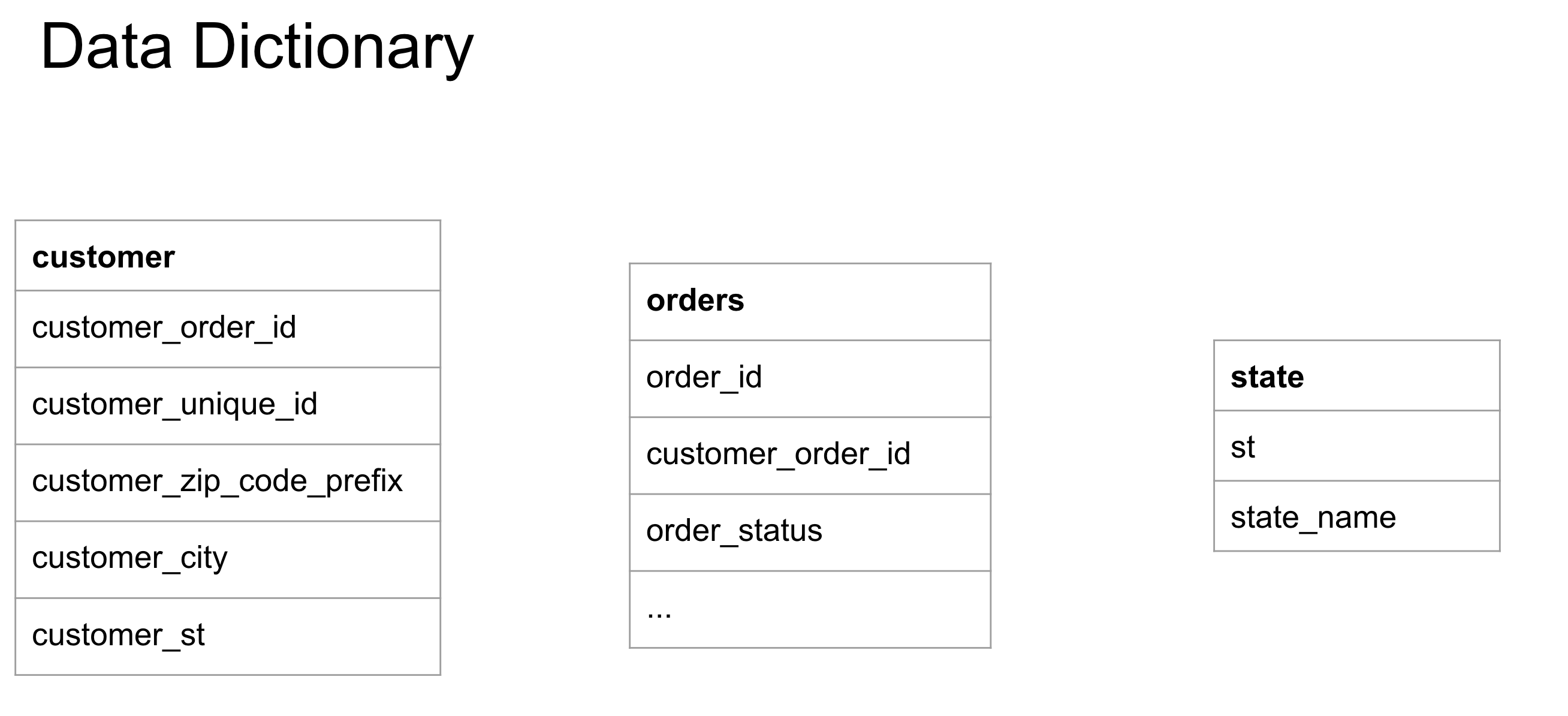

- Pgcli create table example how to#
- Pgcli create table example install#
- Pgcli create table example code#
- Pgcli create table example password#
Though it's nice that PGCLI offers a VI-mode, it is great for people using Vim, when using the Shell for editing a Query, this mode can be utilized. The Emacs-mode is just a normal typing experience without any modes or shortcut macros and other stuff. We can switch between these modes with F4 key. We can use two modes in PGCLI prompt, one is the Emacs mode which is the default one and the other is Vi-mode for Vim fanboys. We can even use j and k for moving vertically in an output table. We get an excellent table display of output which we can view by scroll or arrow keys.
Pgcli create table example install#
There are a lot of ways pgcli can be installed, my preferred way is with pipx, it just works well and you don't have to install it every time or mess up your global python packages environment.Įnter fullscreen mode Exit fullscreen mode The package acts as a CLI for accessing and executing any SQL queries, so we can simply provide the options/parameters to plug the database in and access the schema and its related data. PGCLI allows us to interact with any Postgres database via the command line, it can be a remote database or a local database, you can access it right away from your terminal. PGCLi is a python package that acts as a CLI for executing SQL queries in a Postgres database. This article will cover the basics of using the PGCLI tool to perform simply as well as advanced options in interacting with your Postgres database. If you are like CLIs and love to play with backend systems like Postgres(database) then chances are you will love this article. We can simply execute SQL queries in a PSQL-like shell with additional features like autocompletion, text-editing modes, file input/output options, etc. It's PGCLI, that can act as an editor window for writing SQL queries for Postgres Databases.
Pgcli create table example how to#
In this tutorial, you have learned how to use the PostgreSQL CREATE SCHEMA statement to create a new schema in a database.Have you ever used the Postgres database and did you know you don't have to launch PGAdmin every time you want to write SQL queries, you can write down those queries even inside a terminal with a python package.
Pgcli create table example code#
WHERE ship_date <= CURRENT_DATE Code language: PHP ( php ) It also creates a table named deliveries and a view named delivery_due_list that belongs to the scm schema: CREATE SCHEMA scm The following example uses the CREATE SCHEMA statement to create a new schema named scm. Third, create a new schema called doe that will be owned by john: CREATE SCHEMA IF NOT EXISTS doe AUTHORIZATION john 3) Using CREATE SCHEMA to create a schema and its objects example Second, create a schema for john: CREATE SCHEMA AUTHORIZATION john
Pgcli create table example password#
PASSWORD Code language: JavaScript ( javascript ) This picture shows the output: 2) Using CREATE SCHEMA to create a schema for a user exampleįirst, create a new role with named john: CREATE ROLE john pg_namespace ORDER BY nspname Code language: CSS ( css ) The following statement returns all schemas from the current database: SELECT *įROM pg_catalog. The following statement uses the CREATE SCHEMA statement to create a new schema named marketing: CREATE SCHEMA marketing 1) Using CREATE SCHEMA to create a new schema example Let’s take some examples of using the CREATE SCHEMA statement to get a better understanding.

Notice that each subcommand does not end with a semicolon ( ). PostgreSQL also allows you to create a schema and a list of objects such as tables and views using a single statement as follows: CREATE SCHEMA schema_name In this case, the schema will have the same name as the username You can also create a schema for a user: CREATE SCHEMA AUTHORIZATION username Code language: CSS ( css ) Note that to execute the CREATE SCHEMA statement, you must have the CREATE privilege in the current database. Attempting to create a new schema that already exists without using the IF NOT EXISTS option will result in an error. Second, optionally use IF NOT EXISTS to conditionally create the new schema only if it does not exist.The schema name must be unique within the current database. First, specify the name of the schema after the CREATE SCHEMA keywords.The following illustrates the syntax of the CREATE SCHEMA statement: CREATE SCHEMA schema_name Code language: CSS ( css ) The CREATE SCHEMA statement allows you to create a new schema in the current database. PostgreSQL CREATE SCHEMA statement overview Summary: in this tutorial, you will learn how to use the PostgreSQL CREATE SCHEMA statement to create a new schema in a database.


 0 kommentar(er)
0 kommentar(er)
